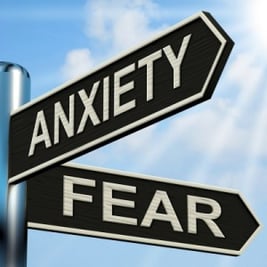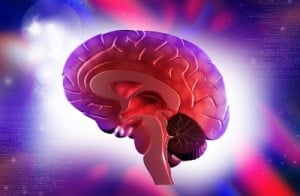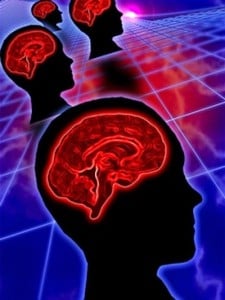
Feelings of anxiety are considered normal in life, particularly if a person is facing a stressful or challenging situation. After all, the brain is wired to use anxiety to communicate feelings of fear. However, when anxiety begins to consume a person’s daily life and functioning, creating constant feelings of worry and being overwhelmed, an anxiety disorder may be present.
Both physical and emotional symptoms emerge as a result of anxiety disorders, directly interfering with a person’s ability to live normally. Read our previous blog “Physical Effects of Anxiety and Neurofeedback” to learn more. Anxiety disorders are fairly common, affecting more than 40 million American adults. Neurofeedback teaches the brain to function more calmly, allowing the person to live a life free from anxiety. There are six main types of anxiety disorders:
1. Generalized Anxiety Disorder – Persistent feelings of anxiety that distract a person from normal ability to function or the constant fear that something bad will happen. Physical symptoms are often present such as stomach issues and insomnia.
2. Panic Disorder – Recurring panic attacks, or sudden swells of intense, overwhelming feelings of anxiety and fear. People often feel as though they cannot breathe.
3. Obsessive-Compulsive Disorder- Uncontrollable obsessive thoughts and behaviors. Uncontrollable compulsive behavior is also associated
4. Phobia – Exaggerated fear of a specific place, object, activity, or living beings. The fears are often associated with much less realistic threat than what is perceived by the sufferer.
5. Post-Traumatic Stress Disorder – Trauma-induced anxiety. Specific associated symptoms include flashbacks, nightmares, social withdrawal, and avoiding situations that remind of the traumatic event.
6. Social Anxiety Disorder – Debilitating fear of what others think in public situations. Social situations are strategically avoided, creating unhealthy isolation.
Calm the struggle.
Image courtesy of Stuart Miles at FreeDigitalPhotos.net








